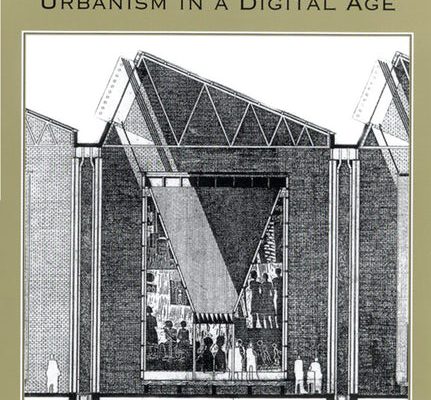[Reading Response: M. Christine Boyer]
In the same urban setting with concrete walls, without those imaginary high-tech structures floating in the air as described in science fictions, like it or not, we are living in the Cybercity, especially the case under the popular use of Big Data and Blockchain. The cyberspace and urban dystopia is not a mixture, as their spatial relationship is like mother-and-son. Rather than “Form become InFORMation,” I would say information become space to define our habitat. As simple as the use of mobile phone, or with cyber lampposts set along pavements, our whereabouts in disguise of informative data, are in surveillance.

